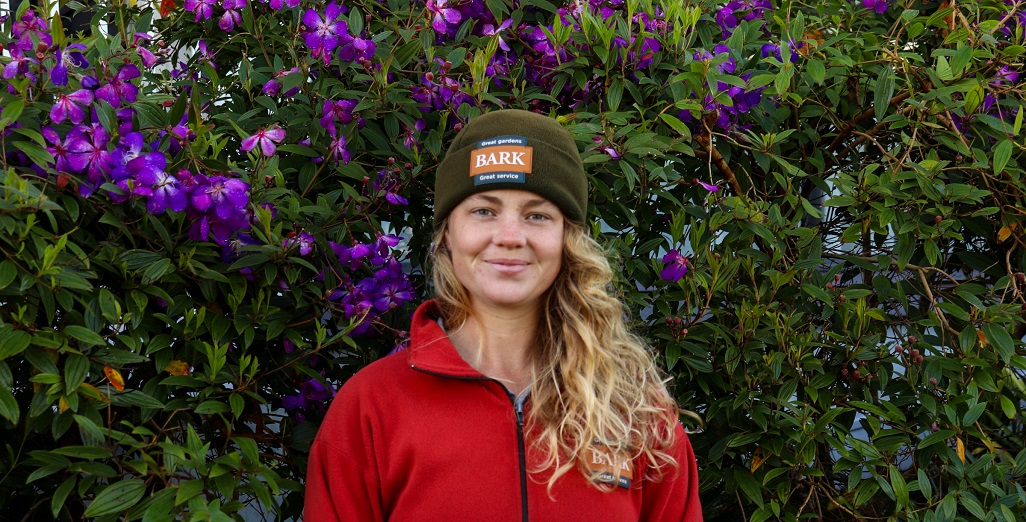Sign up here to subscribe to the Grower2grower Ezine. Every two weeks you will receive new articles, specific to the protected cropping industry, informing you of industry news and events straight to your inbox.
Mar 2020
Discovery by Jack Crienen Boosts High-Wire Cultivation of Cucumbers
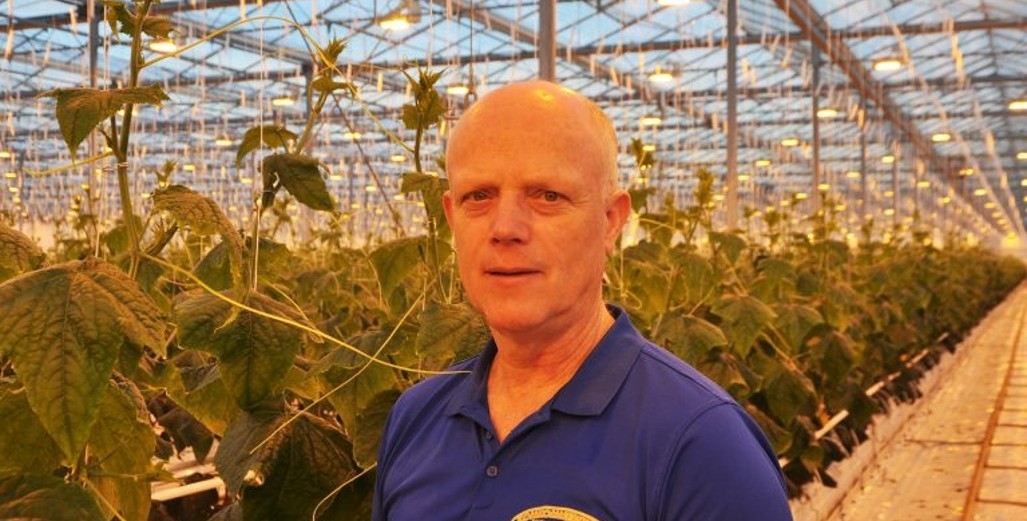
“400 cucumbers per square meter in the future”
This year, it’s twenty years since BASF Vegetable Seeds started breeding high-wire cucumbers. A key player in this development was cucumber grower Jack Crienen (53), from Baarlo, who discovered an abnormal plant in his greenhouse. It was this plant that was later used as the basis for developing Nunhems COMPACT varieties. The development of these varieties, which are part of the Hi Revolution family, has led to enormous growth in the high-wire cultivation of cucumbers, especially in the Netherlands. Crienen tells his story in this article.
It’s the end of June 2000. Crienen, who at that time is producing six million cucumbers a year on three hectares, notices an abnormal plant in his greenhouse. “The plant had smaller, greener leaves and different fruits from the others. Its internodes were also smaller, so the production per plant was higher,” says Crienen. Still a conventional grower of cucumbers at the time, Crienen continued to monitor the plant and saw how it structurally produced more cucumbers. “That was a huge difference,” he says.
Laboratory:
BASF became enthusiastic and wanted to investigate the genetic cause of the aberrant phenotype of this plant and whether it could be used to develop suitable varieties for high wire cultivation. "Together with Herman Hermans, then my contact at BASF, I went to a laboratory in Roelofarendsveen for a DNA analysis," says Crienen. The plant was indeed found to have an abnormal genotype, and this was the basis for BASF's development of high wire cucumbers. In the following years Crienen maintained intensive contact with BASF. Trials in the greenhouse at Crienen were the rule rather than the exception, everything was counted and weighed.
Hi Jack:
The first high-wire cultivation trials for the new COMPACT varieties were conducted in Nunhem in 2004. Three years later, in 2007, this was followed by the development of a cultivation procedure and an application for a patent for the COMPACT gene. This patent has now been granted in various countries, including the Netherlands. In 2008, the varieties Hi Tona, Hi Jack, and Hi Lisa were introduced. Hi Tona was named after Crienen’s mother, while Hi Jack is a reference to Crienen himself. What does Crienen think about this? “It’s definitely an honour, but no more than that. I’m just a normal person,” he says modestly.
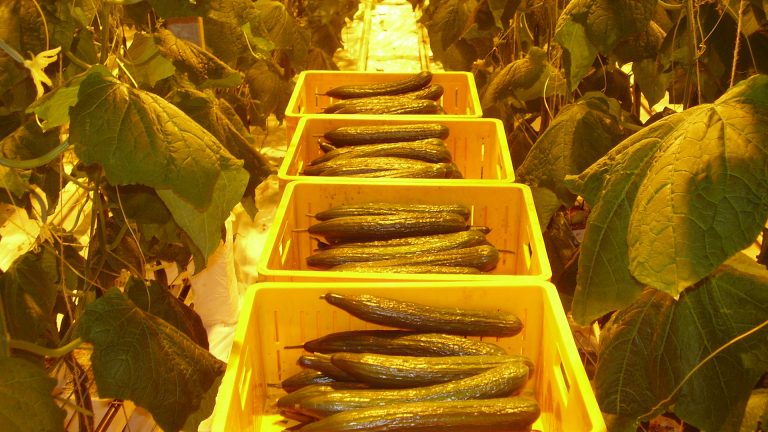
Hi Jack cucumbers, named after Jack Crienen
Bucket of Water:
Crienen has been growing the Hi Power variety for eight years, part of the Hi Revolution family that also includes Hi Jack and Hi Tona. “The similarities with the plant I saw in my greenhouse at the time are obvious to me: I immediately recognize the short internodes and the smaller, dark green leaves. Production is also higher, both in terms of the number of fruits and kilos,” says Crienen. “It's highly suitable for high-wire cultivation. In fact, it’s the best variety out there at this moment.”

COMPACT plant type with small, dark green horizontal leaves and short internodes

High-wire cultivation:
Crienen now employs forty workers during the high season. Back at the turn of the millennium, he was tentatively exploring the options offered by high-wire cultivation. “The introduction of Hi Revolution varieties has really taken this growing method forward. Working toward the future, however, I think we can optimize high-wire cultivation in order to work more efficiently and increase production. Given the continuously rising costs, this is an absolute must. Of course, it requires investments in your greenhouse to make it suitable for high-wire cultivation, but if you want to take things a step further, high-wire cultivation under artificial lighting is the standard.”
Future:
What are Crienen’s predictions for the next twenty years? “We’ll have fully moved onto planned cultivation, meaning that everything that’s theoretically possible will be carried out to perfection. I expect the industry to be producing 400 cucumbers per square meter and to have gone even further in terms of automation.”
For more information, please contact
Paula OHanlon
Market Development Vegetable Seeds
Mobile: +64 (0) 21 731 009, Email: paula.ohanlon@vegetableseeds.basf.com
Postal Address: BASF New Zealand Ltd, , Level 4, 4 Leonard Isitt Drive, 2022 Auckland, New Zealand
http://www.nunhems.com/www/NunhemsInternet.nsf/id/CW_EN_AUS
Anne Jancic
Marketing and Business Development High Tech
anne.jancic@vegetableseeds.basf.com
Veronique Savelkoul
Global Sales Manager High Tech
veronique.savelkoul@vegetableseeds.basf.com

Cover photo of Grower Jack Crienen from Baarlo, southeastern Netherlands.
CLASSIFIED
Subscribe to our E-Zine
More
From This Category
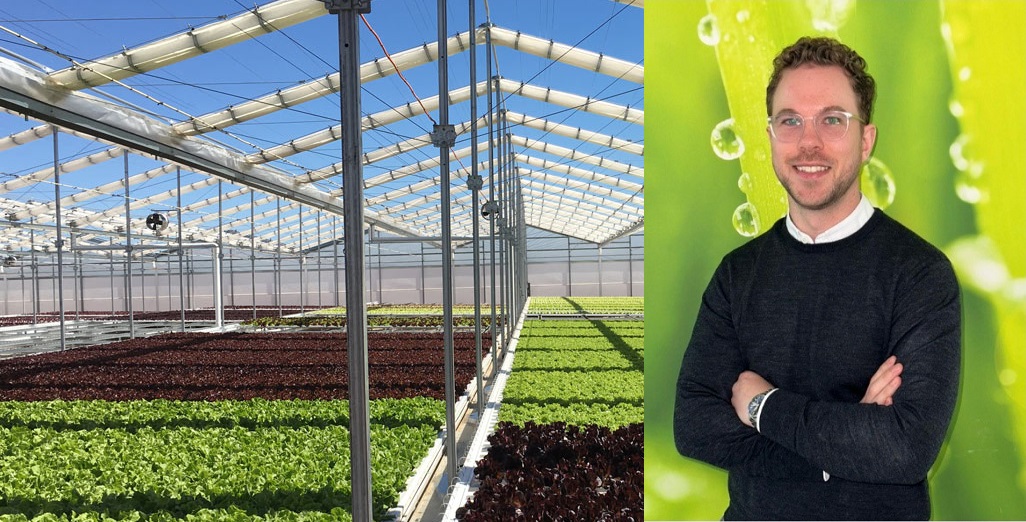
Michael Bednarz new Powerplants Australia CEO
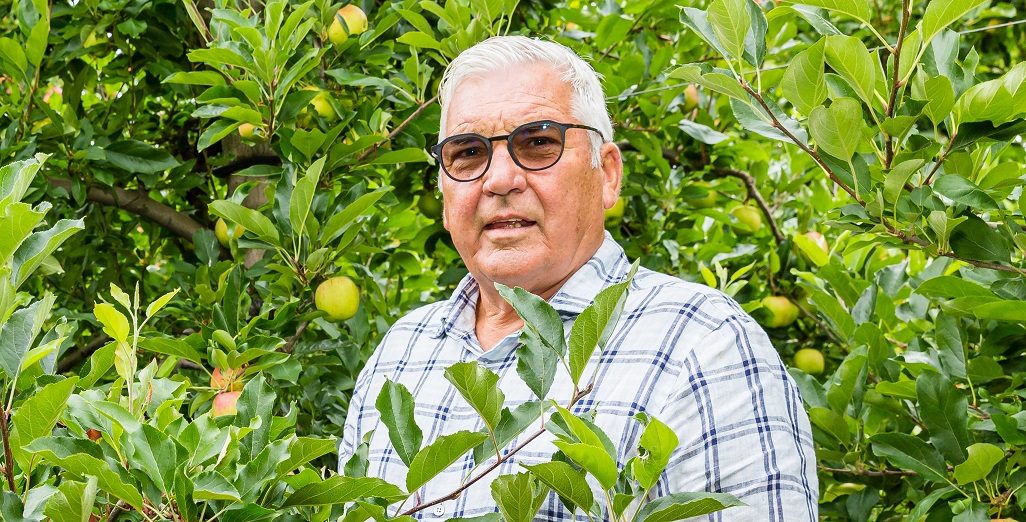
Te Mata Exports Announces Retirement of Founding Director Murray Tait

Powerplants and RTF Climate Announce Strategic Partnership for the APAC Region
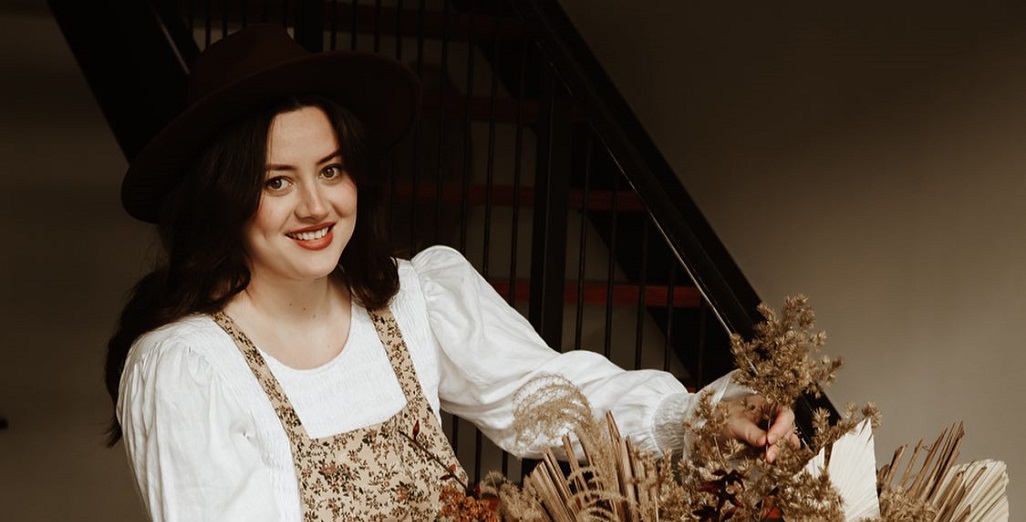
Local florist amongst impressive young horticulturists competing in Karaka
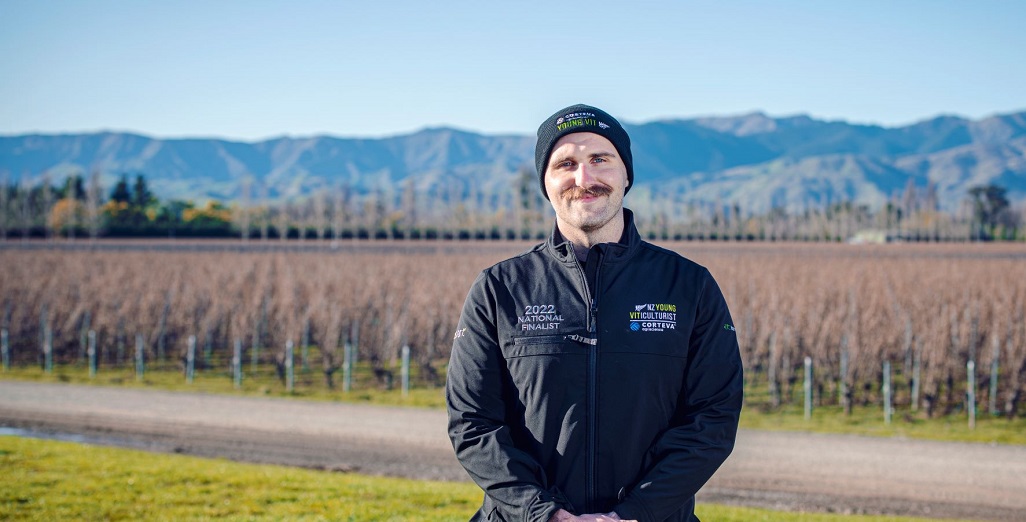
Toasting Tahryn, 2023 Young Horticulturist finalist.
